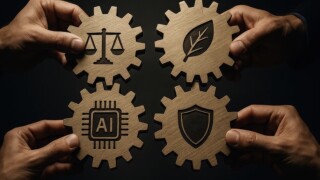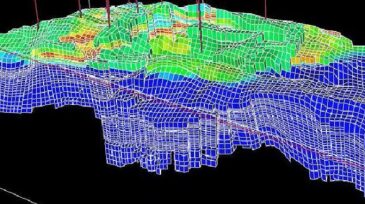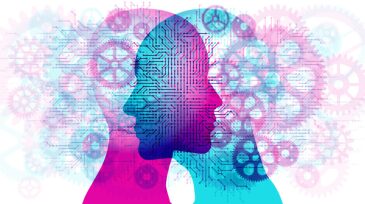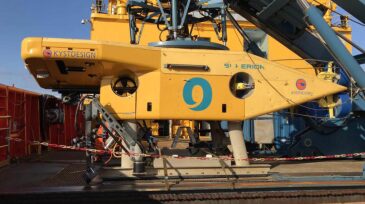AI/machine learning
Aurora Innovation and Detmar Logistics have inked a deal for 30 autonomous trucks that will begin hauling sand in the region next year.
Sustainability in reservoir management emerges not from standalone initiatives but from integrated, data-driven workflows, where shared models, closed-loop processes, and AI-enabled insights reduce fragmentation and make sustainable performance a natural outcome.
Sponsored
In oil and gas operations, every decision counts. For more than 2 decades, SiteCom has been the trusted digital backbone for well operations worldwide, driving insight, collaboration, and efficiency.
-
Using deep-learning and computer-vision techniques, the software recognizes all instances of specific instruments, valves, lines, and other features in a P&I diagram in seconds.
-
The November issues of SPE’s peer-reviewed journals SPE Reservoir Evaluation & Engineering and SPE Production & Operations include papers addressing data analytics and machine learning.
-
Microsoft announced that it will open an AI Center of Excellence for Energy in the United Arab Emirates—a global first for the company—to empower organizations in the industry in accelerating digital transformation and equipping their workforce with AI skills.
-
Neural networks that borrow strategies from biology are making profound leaps in their abilities. Is ignoring a goal the best way to make truly intelligent machines?
-
Just because they both deal with data does not mean they are the same.
-
Sensors, robots, and artificial intelligence have made their way into a number of areas within the industry, including pipeline inspections. Shell has begun to examine the innovative technologies that could shift the inspection paradigm.
-
Disruption from artificial intelligence (AI) is here, but many company leaders aren’t sure what to expect from AI or how it fits into their business model. Yet, with change coming at breakneck speed, the time to identify your company’s AI strategy is now.
-
When Google claimed quantum supremacy, IBM challenged it. Nonetheless, the development is really important for the future of artificial intelligence.
-
The sixth annual Deep Learning Summit in London saw industry leaders, academics, researchers, and innovative startups present the latest technological advancements and industry application methods in the field of deep learning.
-
Deep learning is good at finding patterns in reams of data but can't explain how they're connected. Turing Award winner Yoshua Bengio wants to change that.













